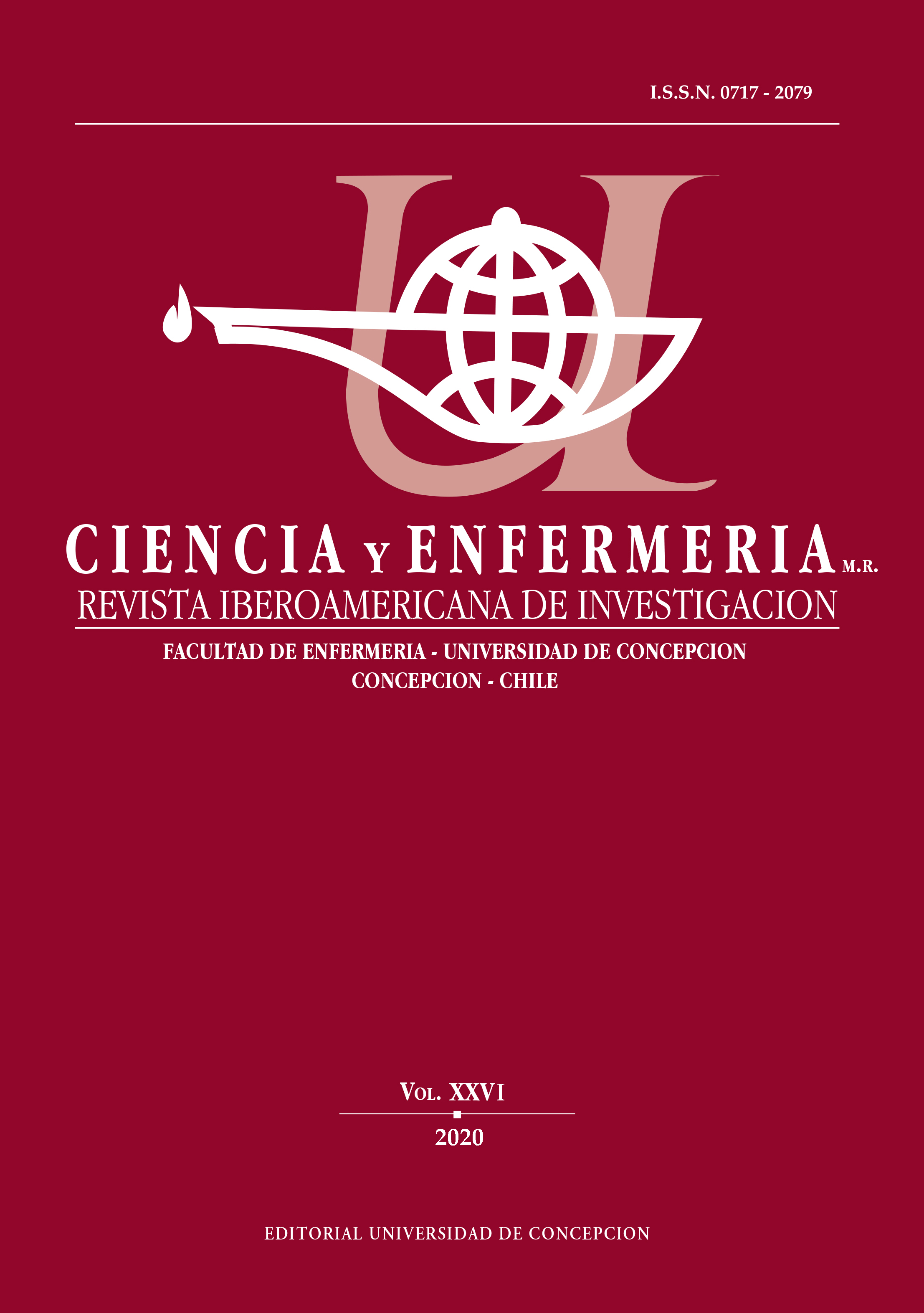RELATIONSHIP OF LEPROSY WITH COVERAGE OF FAMILY HEALTH STRATEGY AND SOCIOECONOMIC CONDITIONS
Keywords:
Leprosy, Family Health Strategy, Primary Health Care, Socioeconomic Factors, InequalitiesAbstract
Objective: To analyze the epidemiology of leprosy and its relationship with the coverage of the Family Health Strategy and the socioeconomic conditions in Paraíba, Brazil, from 2001 to 2016. Material and Method: Ecological study with a quantitative approach. We extracted secondary data from the Notifiable Diseases Information System (SINAN, as per its Portuguese acronym). We checked the relationship of leprosy epidemiological indicators with the coverage of the Family Health Strategy and the Municipal Human Development Index by Zero-inflated Poisson regression model. Results: We analyzed a total of 12,134 new leprosy cases. The increased coverage of the Family Health Strategy contributed significantly to the increment in the detection rate in the general population. The improvement of the Municipal Human Development Index contributed to the increased number of cases of the disease in the general population and decrease in people under the age of 15. Conclusion: There was an improvement in the epidemiological indicators of the disease through the implementation of health services and advances in social indicators; however, there are still situations of poverty and inequality that contribute to the continuity of leprosy. We should emphasize the importance of investments in health actions and inclusive policies, with a view to minimizing the existing inequities and controlling this endemic.
Downloads
Published
How to Cite
Issue
Section
Copyright (c) 2020 Universidad de Concepción

This work is licensed under a Creative Commons Attribution 4.0 International License.













